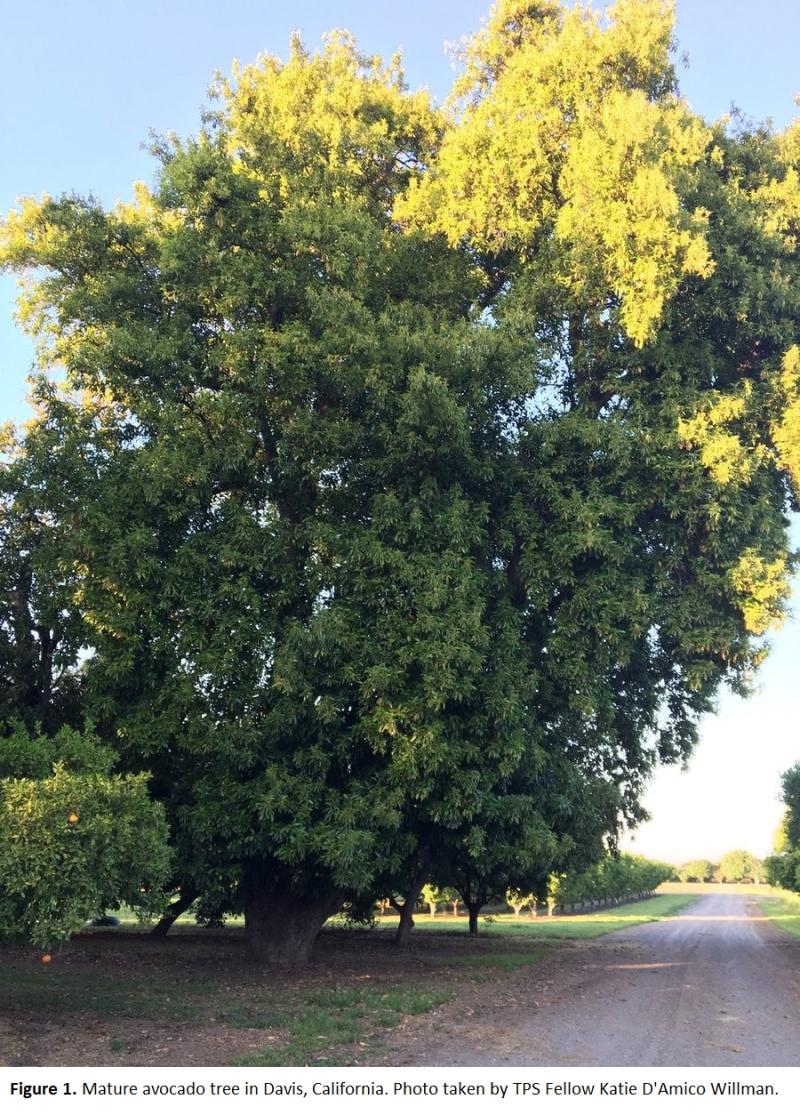An avocado a day keeps the doctor away?


New Years is a time for resolutions, and February is a time for breakin’ ‘em. But during the blissful month of January, many people make health-related resolutions to lose weight, workout or eat more healthy foods. During this mad rush, the produce sections become wild. Try going to get kale at the Piggly Wiggly right now; you might not have a good time.
I’ll admit it, my lovely wife convinced me to give this healthy business a whirl, make a meal plan, workout, maybe have one less beer per week... Nah, let's not get too crazy. Though it may seem like a chore, healthy foods can be tasty, I’m talking quinoa (It taste better than rice, don’t @ me), whole-grains, vegetables, fruits, nuts, lean protein sources like beans! Eat more beans!
This resolution business and eating healthy does not seem so bad anymore, does it?
One food that keeps on popping up in my meal plan is avocados. Are those things tasty or what? They are great on tacos. They are great on salads. Eating guacamole is darn near an out-of-body experience. Heck, they’re great just plain.
(Sidebar, due to strikes and fuel shortages avocados may become hard to get, so get them while you can!)
After my meal plan told me to eat an entire avocado in one sitting (that’s not normal right), I realized I do not know much about them. As a plant scientist I thought I would do a little research... maybe a brief literature review.
I hit the most scholastic resource available, Wikipedia, and learned all about the Persea Americana, that’s an alligator pear or avocado to the uninitiated.
As a geneticist, I am always interested in the phylogeny. More broadly, the family avocados are in is called Lauraceae. This family has all sorts of interesting plants in it, many marked by the production of essential oils, from which many spices and perfumes are made of. For example, cinnamon, bay leaves, and camphor (Vick’s vapor rub) are all derived from plants in this family. More specifically, the avocado is in a family of evergreen trees called the Persea family. It is on these ~20m tall trees (Fig 1), where you will find the delicious avocado drupes!

One of the more surprising finds in my reading was the diversity of avocado. Avocado’s originated in Mexico (most-likely), and are now grown throughout the tropical and subtropical regions of the world. There are literally hundreds of varieties of avocado, with different flavor profiles and textures. Like many fruit trees, avocados are propagated via grafting onto existing rootstocks. Despite the great number of varieties, three varieties are commonly used in orchards, one sourced from Mexico, that grows well at high elevation, one that grows well at a medium elevation that comes from Guatemala, and a West-Indian race that is grown in the lowlands.
Here in neither tropical nor sub-tropical central Ohio, we do not often see this diversity. What we are most likely eating in Ohio is the Hass variety. Though it would be nice to try some other varieties, I cannot complain too much, it is still good. I wonder if I can convince TPS to send me on a pilgrimage to the progenitor of our most common avocado?
Eat your beans, avocados, and good luck with your 2019 resolutions!
Written by TPS Fellow Bill Rolling
Information and photos from:
www.californiaavocado.com/
en.wikipedia.org/wiki/Avocado
https://www.star-telegram.com/entertainment/article224557550.html
